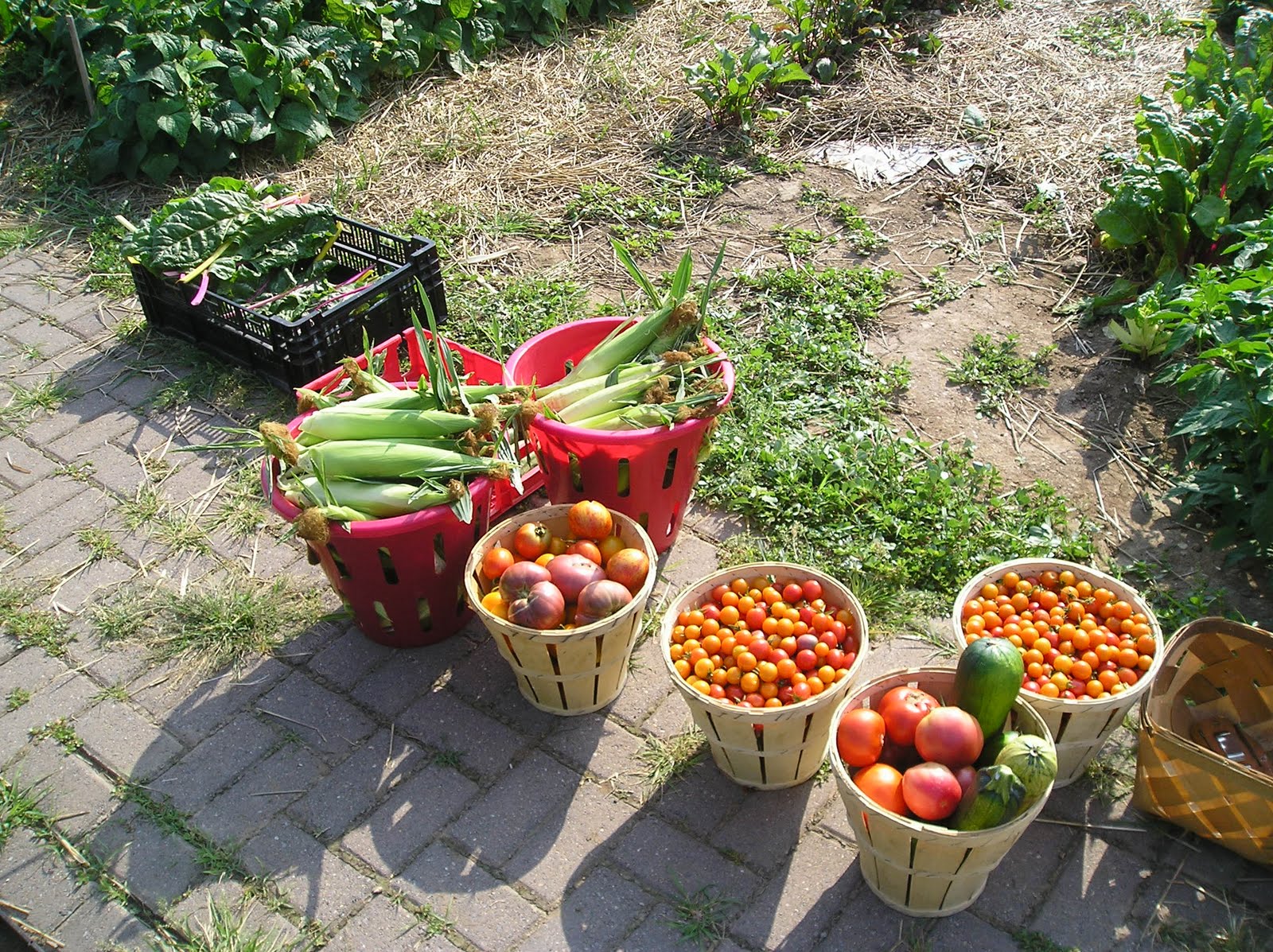How to share an abundant garden harvest

MILAN, Ill. — As the summer days pass by, garden harvest becomes a regularly performed task of our Master Gardeners.
The demonstration gardens that were so thoughtfully planned, plants or seeds so carefully planted, and growing plants lovingly tended to for the past few months are producing delicious, nutritious crops. The vegetables grown by Master Gardeners were always destined to be donated to local food pantries where they will be available to our neighbors in need but home growers can contribute too.
According to the U.S. Department of Agriculture, ten percent of American households experienced food insecurity over the course of a year. Food insecurity is defined as a household being “uncertain of having or unable to acquire enough food to meet the needs of all their members because they had insufficient money or other resources for food.” By the numbers, in 2021, 33.8 million people lived in households experiencing food insecurity, and 5 million were children within these households.
Hunger is distracting and can have a short and long-term effect on people’s health and quality of life. Hunger is distracting and can negatively impact a person’s ability to concentrate. Children are especially susceptible to exhibiting negative behavior due to insufficient food.
Community members facing food insecurity can experience life-altering effects beyond the discomfort of physical hunger. The constant worry about obtaining enough food can cause mental health challenges such as depression, anxiety, and post-traumatic stress disorder. Children are especially likely to experience negative mental health impacts as a result of food insecurity.
Finally, food is fuel for the body, and health will suffer when quality food is unavailable. People experiencing ongoing hunger may develop chronic diseases like high blood pressure, heart disease, and diabetes.
Donating extra produce garden produce is a generous way to put extra harvest to good use and help neighbors access fresh, nutritious food.
If you are interested in donating part of your garden harvest, here are a few things you need to know:
- Many food pantries welcome donations of fresh produce but it is best practice to call prior to harvesting. Contacting the food pantry in advance provides the opportunity to confirm that the facility can properly store and distribute fresh produce. If large quantities of garden produce are being donated, consider multiple donation locations.
- It is also a good idea to ask which days of the week and times are best for dropping off a donation. Harvesting and delivering produce right before clients pick up groceries is ideal, so foods are at peak freshness.
- Neighborhood demographics and cuisine preferences influence produce popularity. Conversations with food pantry managers provide an opportunity to learn about the types of produce their pantry guests prefer.
No matter the type of garden harvest, prepare crops for donation by gently washing produce to remove soil. Some produce like broccoli, cabbage, and kale should be refrigerated if you are not donating it the day you pick it. Carrots, potatoes, sweet potatoes, and garlic should be cured before donating.
Miss Clipping Out Stories to Save for Later?
Click the Purchase Story button below to order a print of this story. We will print it for you on matte photo paper to keep forever.

